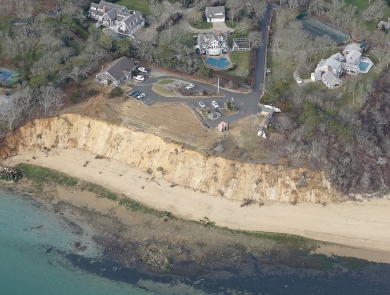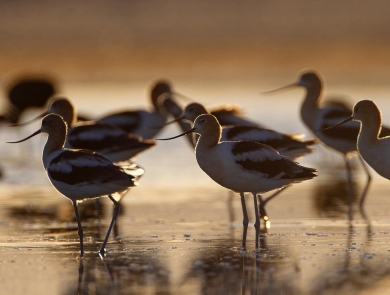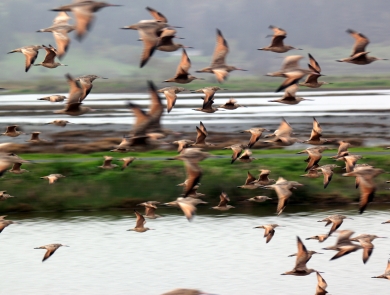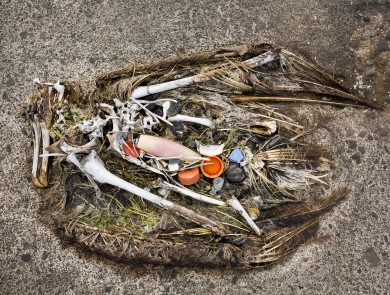Facility
Location
2700 Refuge Headquarters Road
Decatur, AL 35603
United States
Volunteer Position Overview
About This Position
Front Desk Volunteers are the first faces that greet visitors as they arrive to the visitor center. Volunteers provide quality customer service by providing orientation, information, and informal interpretation to visitors. This is done by answering visitor questions via incoming phone calls and visitor questions at the front desk. Volunteers help visitors understand refuge recreational opportunities, refuge regulations, refuge navigation, seasonal area/road closures, and how to appropriately view wildlife. During certain times of year there can be a high volume of questions related to injured/abandoned wildlife, hunting regulations, and detailed bird-related questions that require a precise/accurate answer or a referral to another organization. In addition to these duties, volunteers play the refuge orientation film for visitors, sell America the Beautiful Public Lands passes, sell Federal Duck Stamps, and handle sales for the Nature Store operated by the Wheeler Wildlife Refuge Association. In the absence of refuge rangers, volunteers may also be responsible for opening and closing the Visitor Center, Observation Building, and opening/closing the entrance gates to the Visitor Center. Front Desk Volunteers work closely with refuge rangers and may be asked to help with other tasks as needs arise.
An RV pad will be provided to volunteers with water, electric, and sewer hookups. A new volunteer "clubhouse" is also available to refuge RV volunteers that includes washers/dryers, a full bathroom, a kitchen, and a small living room.
Duties/Activities
Stories About Volunteering
Other Ways to Work with Us
Are you looking for something different than a volunteer opportunity? The Fish and Wildlife Service employs around 9,000 people nationwide and offers great internship opportunities every year.






